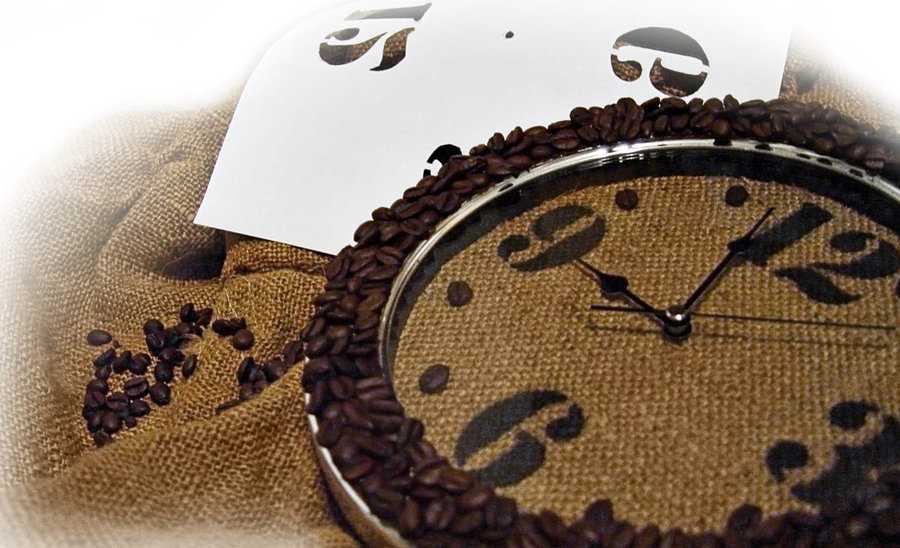SACRAMENTO – Is your French-Colombian Dark Blend coffee tasting a little less dark or more Colombian from one day to the next?
Researchers at UC Davis may know why.
A university team tested 15 types of coffee on two different dates six months apart and found that they were substantially different in both taste and substance.
The researchers purchased the coffees from a single Davis grocery store, with the varieties ranging from Panther Italian Roast to Brazil Estate to Tiger by the Tail.
Using hyperspectral imaging technology, researchers collected data from the coffees’ electromagnetic spectrum and found they varied greatly in the amount of sugar and extractable protein. The researchers from the UC Davis Department of Entomology and Nematology launched the study after colleagues and friends commented that their coffee wasn’t tasting the same day to day. Said Keshav Singh, a postdoctoral student who co-authored the study.
Singh said the researchers didn’t investigate the production reasons why the coffee’s makeup and taste varied from date to date. He also didn’t provide the exact brand names of the coffees studied.
“Whatever we can’t see with our eyes, we can see in an object’s signature, like fingerprints,” he said. “For example, if a (signature) belongs to plastic, you can identify what chemicals are in the plastic.”
Though consumers can’t storm into Starbucks to demand better tasting coffee quite yet, the technology shows promise for suppliers, who can use it to monitor the quality of shipments. With that technology, suppliers could determine what they want their coffee to taste like based on the levels of extractable protein and sugar, then streamline the content for all coffee before sending it to grocery stores and coffee shops.
Consumers could also use that technology to perform the same quality check for all items on their shopping list, and not just coffee.
“If a supplier checks the quality of their coffee brands using the same type of technology, they can put a label on their products,” Singh said. “Consumers can have the confirmation they are coming from good quality control technology.”










